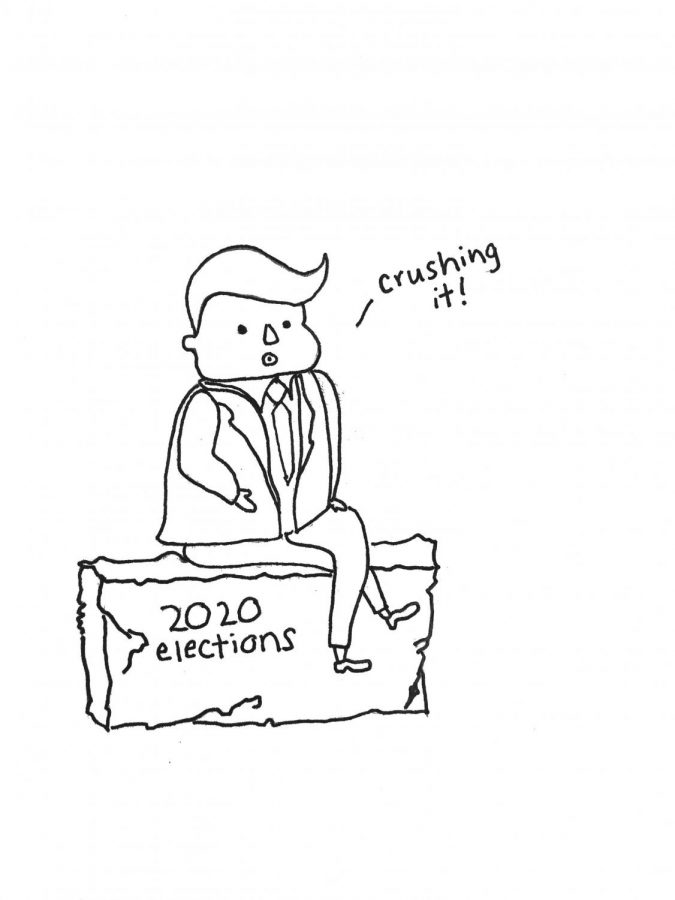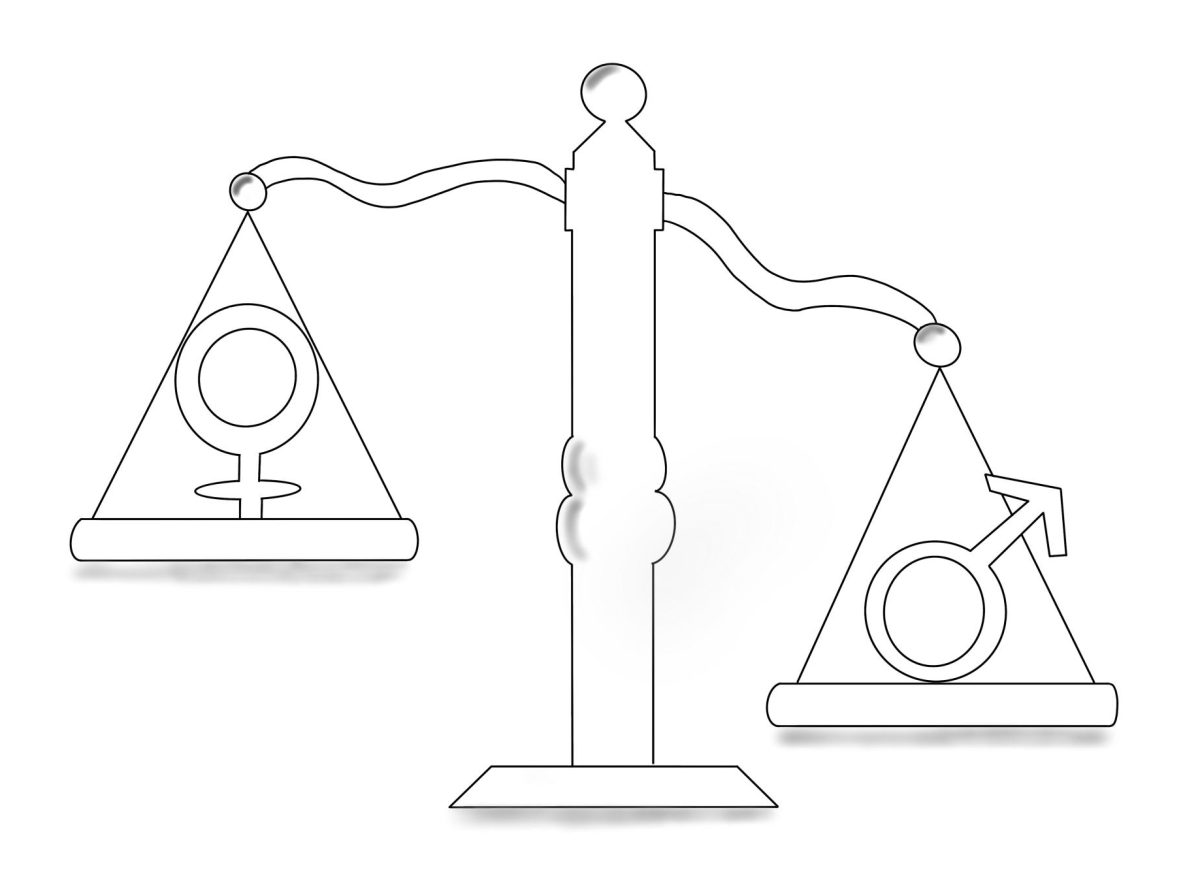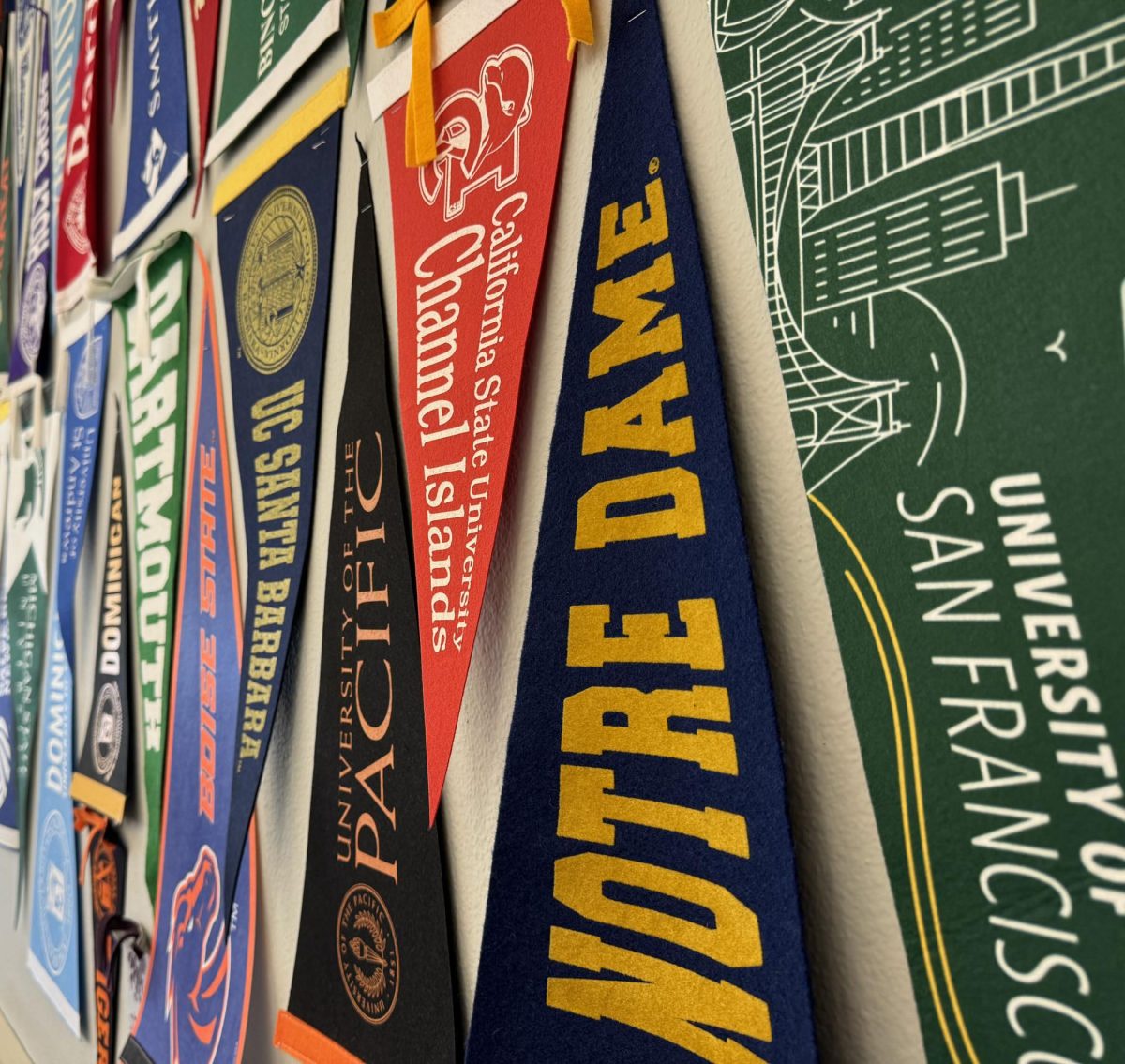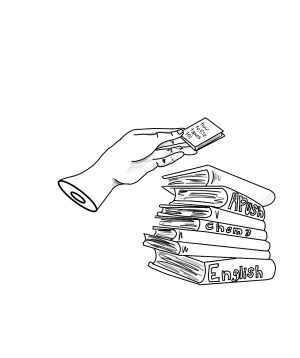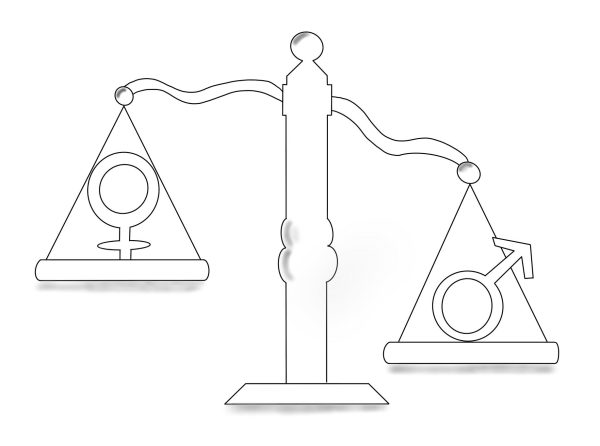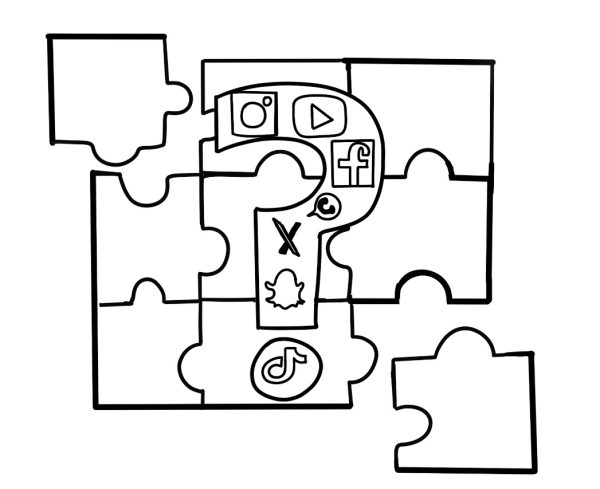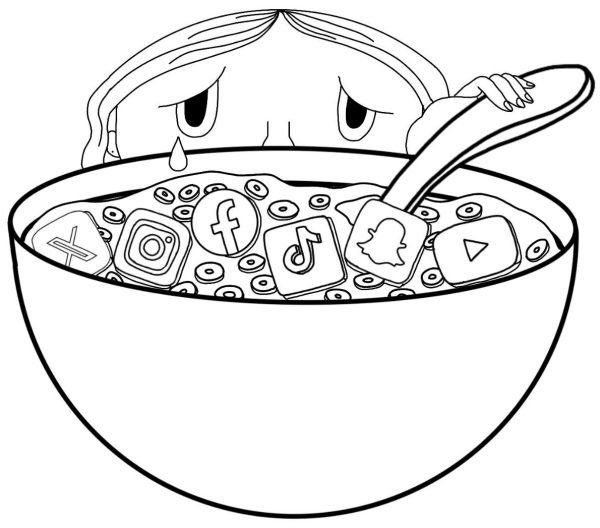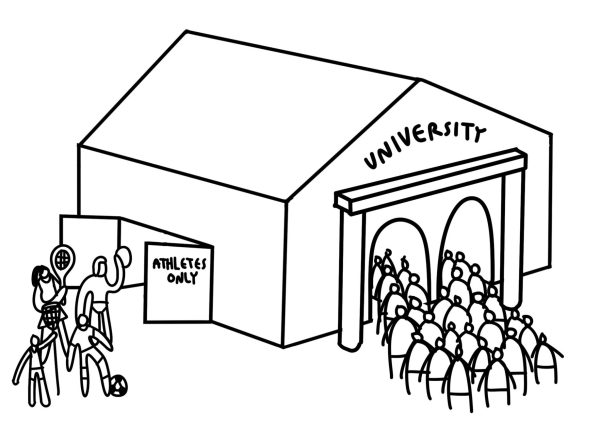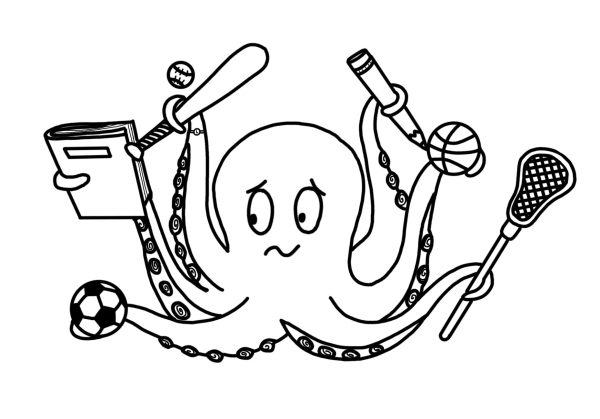A silent contender: Trump’s road to a 2020 victory
April 1, 2019
For most of my time as a student, I have been told to never “judge a book by its cover.” Don’t make assumptions; look for what’s on the inside; appearance is only an opinion. However, as humans, judging is often our first instinct, according to author and New York Times staff writer Malcolm Gladwell, who specializes in science, psychology and physiology. The average human being will make an initial analysis about a person, place or thing in under two seconds, Gladwell says.
California, more specifically Marin County, has an initial impression of being overtly Democratic. In my experience, residents “subtly” express their beliefs through constant anti-Trump opinions and aggressively liberal rhetoric. I often notice that the majority of Marin’s population scoffs at the idea of a Trump re-election, even going as far as to poke fun at the idea.
With the consistent bashing of our President, it is easy to forget about the 4.5 million Californians who voted for him—why aren’t they sharing their opinions as openly? Maybe because the area we live in can be hostile towards Trump supporters, or because getting in a long argument over politics is just not worth it. Only if we are able to disregard these factors, freely state our opinions and have an open discussion about current political events will we be able to come to a more realistic view of the 2020 election and the high prospect of Trump becoming a major candidate. The way we are judging our current president and his chances of re-election is incorrect and a true example of “judging a book by its cover.” From my experiences, it seems as if the majority of Californians still believe Trump 2020 is impossible. This could not be further from the truth.
Whatever your political opinion may be, the facts show that those who elected president Trump to office still believe in him, his policies and his party. According to a recent survey by Gallup News, 89 percent of Republicans and 38 percent of the independent party approved of Trump’s first presidential term. President Trump currently has an overall approval rating of 44 percent, according to Gallup News’ latest February 2019 survey. Former President Barack Obama had a 47 percent approval rating in Feb. 2011—only three percent higher than President Trump—just one year before he was elected into his second term. With similar approval ratings, one could easily compare the two presidents and conclude that Trump has a decent chance of winning the 2020 election. This possibility is often overlooked, as major controversies such as Russia’s alleged collusion in the 2016 election often come to mind when thinking about Trump rather than facts, which show similarities between Trump and Obama’s re-election statistics.
Another factor that could play into Trump’s re-election is the handful of liberal-based independents who could potentially steal votes from the Democratic party. Although current American elections have been created with the intent of having a two party competition that occurs between Republicans and Democrats, an independent or third-party runner in a presidential election is still possible. A primary independent candidate is likely to take votes from the side they politically lean towards while the other party is unaffected. Since the election of 1992, independent candidates have reflected more Democratic beliefs, drawing voters from that party to their platforms, which has caused both the independents and the party they steal votes from to lose the election.
In the 2000 presidential election, independent Ralph Nader arguably stole the presidency from Al Gore after he continued to run despite having no chance at winning. A total of 90,000 polled Floridians voted for Nader, which resulted in Gore losing Florida by only 537 total votes. If Nader supporters would have voted for another candidate, it would have most likely been Gore, as Nader was a left-leaning independent and Gore was a more centralized liberal figure with similar ideology. Had Nader not run, it could be highly possible that Gore would have won Florida, increasing his odds of winning the presidency.
A similar situation could occur to Democrats in 2020 election, as an independent candidate, Howard Schultz, could potentially yield the same end as seen in the 2000 election. Schultz is likely to take some votes from the Democratic candidate due to his more liberal nature that appeals to similar voters. Theoretically, this would mean that the Democratic votes could be split, leading to a Trump re-election, even if he doesn’t reach that typical 50 percent majority threshold that would ensure his holding of office. This situation where no candidate reaches a 50 percent majority occurred in the 1992 election of Bill Clinton who won 43 percent of the popular vote, while Bush won 37.4 percent and independent Ross Perot won 18.9 percent. Due to the candidacy of a more conservative Perot, votes were taken from Bush which led to the election of Clinton.
Schultz, however, mentioned that if his candidacy would lead to a Trump re-election, he would drop out. But it should be duly noted that no one announces their running for the presidency without the end goal in mind—meaning that it would be irrational for someone to put years of effort and thousands, millions, if not billions of dollars into running to only to drop out. It is just an unrealistic expectation.
According to the Washington Post, Hillary Clinton’s 2016 campaign raised a total of 1.4 billion dollars and Trump raised 957.6 million dollars. These extravagant numbers are only an example of what final candidates can raise, the campaign costs for candidates who drop out or are voted out are even more astonishing. Although their dollar amounts are less than final candidates, it shows how much money goes into running for the presidency. Ben Carson, who left the 2016 race on March 4, raised 59.5 million dollars; Marco Rubio, who left the race on March 15, raised 77.7 million dollars; Bernie Sanders, who left the race on July 12, raised 234.3 million dollars. Although some argue that Schultz could end up spending less due to his possible drop out, it would appear that in order to achieve a semi-successful campaign, a candidate would need to spend somewhere upwards of 20 million dollars, based on numbers from the previous election, in order to have a successful campaign.
We wait to see whether Schultz, along with a few other independents such as Adam Seaman, Bill Bayes and many others will affect the election.
Our community’s dislike for Trump can’t take away from the logical arguments in support of his re-election. Although you may dislike it, the possibility is very real. We as a community need to stop denying the facts because if re-election happens, I would personally dislike the situation where people are utterly shocked by the outcome, similar to how people were shocked by the 2016 election. The probability has been apparent all along. It’s time to open the cover and read the book.

